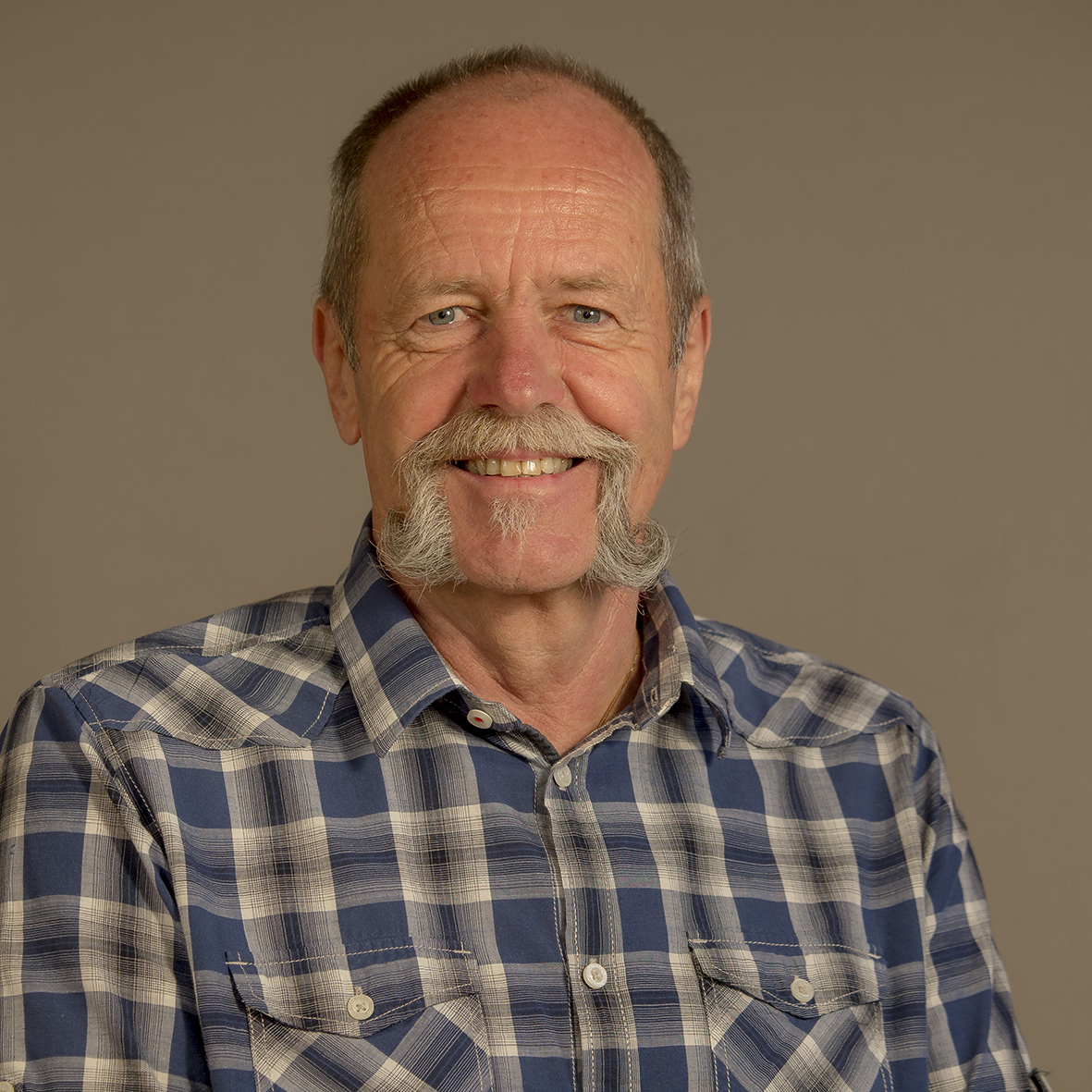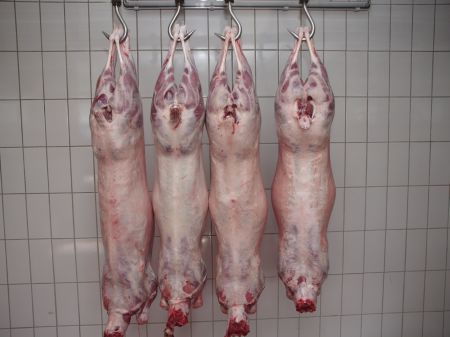Furthermore, the question arises as to whether there is a difference in quality due to this type of production in order to point this out in advertising for lamb meat or in order to be able to offer a special branded product. The Austrian Federal Association for Sheep and Goats has protected the name “Premium Lamb” and it is expected that the results from this project will form the basis for the definition of this branded product. Natural production means that the lambs stay with their mother until slaughter and are on pasture in the summer and fed with the best basic feed (hay) in the winter.
Goals of the project
This project aims to investigate how the best feed from grassland affects the performance of sheep, especially lambs. In the usual form of lamb meat production, the lambs are weaned from their mothers after a 6-8 week suckling period and fed with concentrated feed and hay or straw until they reach their final weight. By using the best basic feed, the use of concentrated feed should be reduced or replaced. This is particularly important given current concentrate feed prices. The quality of the basic fodder from grassland is therefore particularly important. Furthermore, it will be investigated whether there is a difference in the quality of the lamb meat product compared to conventionally fattened lambs, especially with regard to the fatty acid pattern and especially the CLA content. It would be particularly advantageous for the catering industry if it could offer guests a product of special quality. But consumers are also becoming more and more critical with regard to product quality and the production process and are increasingly wanting production that is very close to nature. Near-natural means that the lambs can stay with their mother and suckle and that they eat grass or hay. Intensive fattening methods are being viewed increasingly critically. Consumers' nutritional awareness is changing. Expectations must be addressed more closely. The method of production (keeping, feeding) is increasingly being taken into account and can contribute to the purchasing decision.
Another goal is the economic evaluation of the production process carried out in the project. The rising grain prices are also having a negative impact on production costs in intensive lamb fattening. In the grassland area, you should, if possible, make do with the available fodder. If it turns out that the use of the best basic feed has a positive influence on the quality of the lamb, the results will be a valuable basis for the marketing of lamb. If special properties of the lamb meat from natural production can be pointed out, this also promotes sales. Another goal is to cover demand with lamb meat from domestic production. Lamb meat production could also make a significant contribution to preserving the cultural landscape. Ultimately, the primary goal is to maintain or promote agricultural operations in the grassland regions.
Further information on project management can be found in the database for research and sustainable development (Dafne) -> Link







